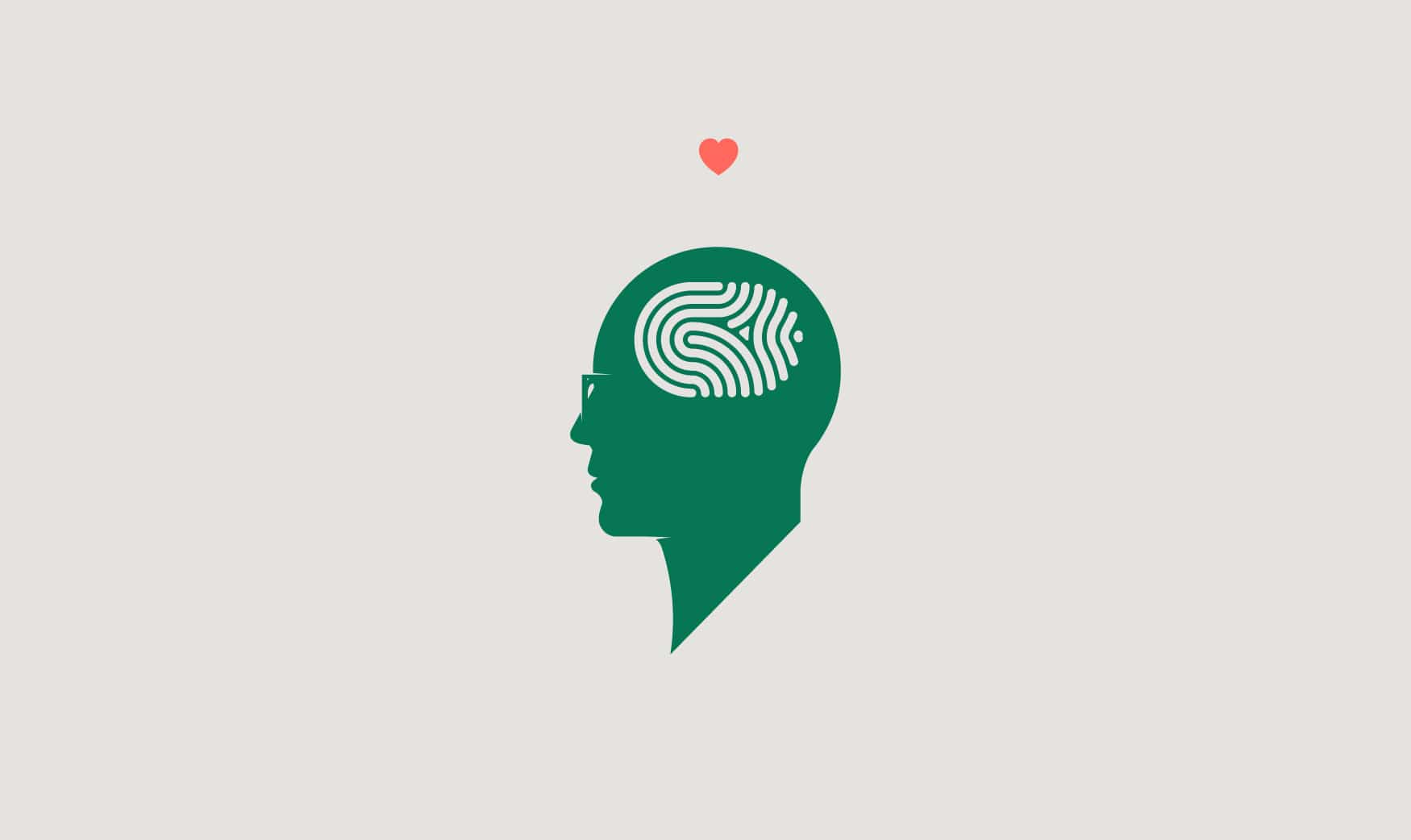While it’s true that everyone is an individual and we all have our own unique way of interpreting things, the way in which our brains process images and logos is the same.
This is an important thing to bear in mind when thinking about your logo design.
Neuroscientists have been studying how the human brain perceives and recognises logos and how it impacts on decision-making. They found that all of this happens in just 400 milliseconds:


1_ Your brain registers the Colour & form of the logo
You see a logo and your eye sends a signal along the fusiform gyrus to the Primary Visual Cortex where it first perceives colour then identifies the shape and form of the logo. Interestingly, scientists believe that rather than seeing colour, your brain creates it through neural processes and it can even see shapes that aren’t there (such as objects hidden in the white space of a logo).
2_ Your brain identifies the logo
An area within the Visual Cortex then groups these elements to identify the object that you see.
3_ Your brain tries to match the logo with previous experiences
Then, your brain matches that visual pattern to previous experiences with the same pattern stored in your memory.

Your brain applies meaning
Finally, your brain adds semantic attributes from your previous experiences with the logo, such as the product name and brand attributes, as well as your preferences, to provide meaning and recognition.
This final stage is perhaps the most important part of this process as it’s where your brain makes sense of what you’re seeing and decides on its meaning. While information about colour and shape is gathered from the immediate environment, information about meaning comes from your memory. Many parts of the brain are used when doing this, but it primarily happens in the amygdala and orbitofrontal cortex, where emotions and rewards are processed.
3 key elements in a logo

Put simply your brain is look at 3 things- Colour, Form & Meaning. These 3 elements should be given equal weight when designing a logo.
‘luxury brands’ are processed differently

Scientists have discovered that there isn’t a single place in the brain where logo design is processed. Sport and luxury brands trigger activity in the medial prefrontal cortex and precuneus, while value brands activate neurons in the anterior cingulate cortex.
Brands = Friends

Brands we like elicit activity in the area that forms self-esteem and how we see ourselves. This is also where we form human relationships, meaning that biologically, there could be very little difference between human relationships and relationships between humans and brands. Strong brands tend to trigger activity in the part of the brain associated with positive emotions and reward. In contrast, unknown brands activate neurons in areas of the brain associated with negative emotions. These findings point to the conclusion that people use experience rather than information to evaluate logo design.
Brands can change our behaviour
That may not come as such a shock, however some more extraordinary conclusions were made when scientists experimented on some students and found that logos can actually change your behaviour. Students who were subliminally shown an Apple logo performed better on a creativity test than those who were subliminally shown an IBM logo. Similarly, students who were shown a Disney logo did better on an honesty test than those who saw an E! TV logo.
Simplicity = Greater familiarity

Considering the science it’s reasonable to suggest that the simpler your logo design the more efficiently the brain will be able to perform it’s colour / form / meaning analysis. So as always remove any unnecessary noise from your designs.
This will also help make it more memorable and therefore recognisable. Familiar logos trigger responses in the same part of the brain that controls positive emotions- consumer’s who feel emotionally connected to your brand, buy your brand.
Motion graphics Designed By Thomas.
We hope you’ve found this post helpful but if you’d like help with your logo design simply get in touch with us here
Sources: Information gathered from entrepreneur.com

